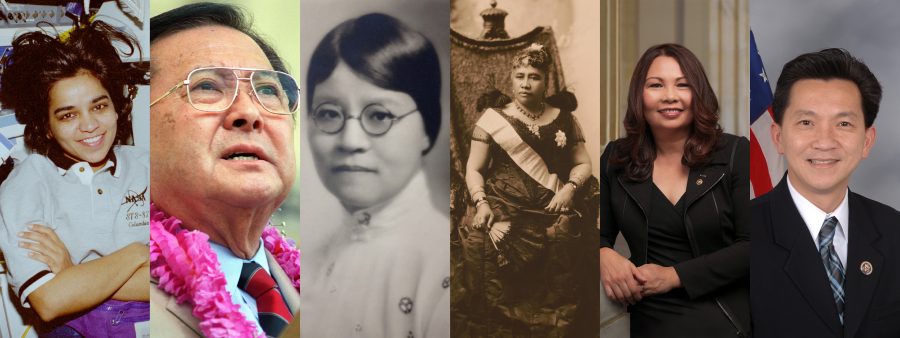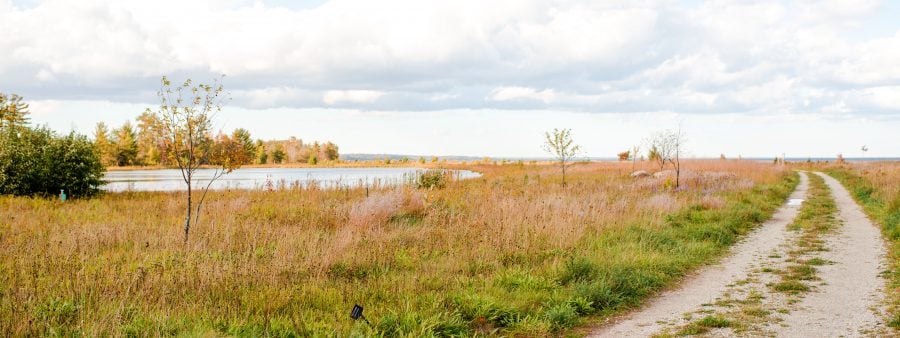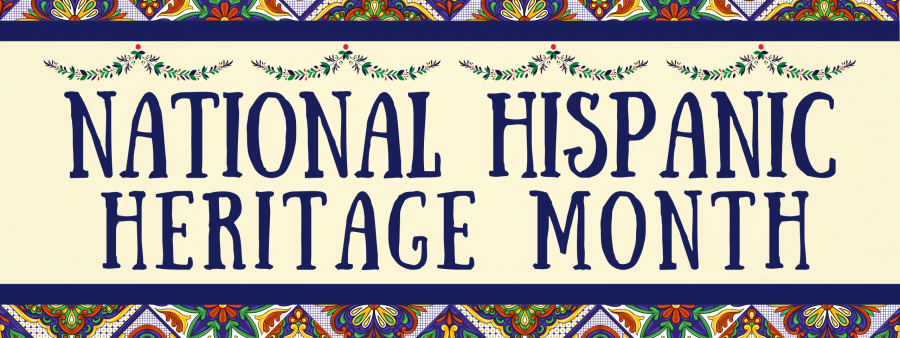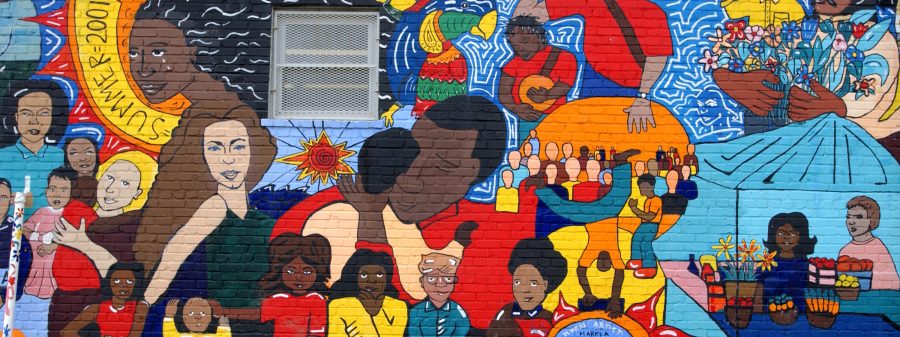
September 15 through October 15 is National Hispanic Heritage Month. To commemorate the month, our Engagement and Belonging heritage series will focus on the impact of Hispanic/Latine students in higher education.

September 15 through October 15 is National Hispanic Heritage Month. To commemorate the month, our Engagement and Belonging heritage series will focus on the impact of Hispanic/Latine students in higher education.

Each May, we honor Asian American, Native Hawaiian, and Pacific Islander Heritage Month, recognizing the rich mosaic of cultures, traditions, and valuable contributions from these diverse communities across the United States.
Today marks the beginning of Black History Month. Observed annually in February, Black History Month stands as a testament to the rich tapestry of African American history, culture, and achievements. This month-long celebration serves as a powerful reminder of the struggles, triumphs, and contributions that have shaped the United States into the diverse and inclusive nation it is today. In this blog, we delve into the significance of this heritage month, its origins, and its alignment with the values upheld by institutions like Michigan Tech.

November is Native American Heritage Month, and like all of the United States, the Keweenaw Peninsula has been home to Indigenous peoples for thousands of years. The more recent inhabitants included those of several nations including the Dakota, Fox, and Menomonie. The most prominent nation in these lands before the incursion of Europeans was the Ojibwe. This heritage month is an opportunity for us to learn, share, and celebrate the culture of these first peoples.

¡Hola!
My name is Gabriel Jesus Escobedo, but most people here at Michigan Tech call me Gabe. I am originally from Texas and identify as a Tejano. This is my first year as the Director of the Center for Diversity and Inclusion. I am also a PhD candidate studying Anthropology of Performing Arts and Dance with a minor in Latino Studies at Indiana University. The focus of my research is the intersectionality of dance and identity among US Latine youth. Just a few more chapters left and I will be Dr. Gabe.

Asian American and Pacific Islander Heritage Month serves as an allegory for many Asian Americans as they ascertain their identities. Officially designated as Asian/Pacific American Heritage Month, public law 102-450 finally passed in 1992 after nearly 15 years of failed resolutions. Congress selected May as the official heritage month for Asian and Pacific Islanders to mark the anniversary of completing the transcontinental railroad on May 10, 1869. This tribute also stands as a reminder to many Asian Americans that, with the completion of the railroad, many of our predecessors weren’t met with thanks or applause but with dismissal, anti-Asian sentiment, and segregation. It wasn’t until 2014 that work began on a memorial in honor of the Chinese railroad workers, which was finally completed in 2018.

Welcome to Black History Month! You may not be aware that Black History Month grew out of “Negro History Week,” a celebration launched and created in 1926 by Harvard-graduate Dr. Carter G. Woodson. Dr. Woodson, also referred to as the “father of black history,” was an American historian, author, and scholar who studied the history of the African diaspora. Since its founding, this celebration has evolved from “Negro History Week” into a celebratory month used to highlight and honor the contributions and legacy of African Americans throughout US history—from abolitionists and civil rights pioneers to scientists, educators, and athletes.

November is National American Indian Heritage Month. Nationwide, there are 372 treaties and 13 supplements ratified between Native Americans nations and the US, which highlight the unique government-to-government relationship that has existed for centuries.
In 1915, Dr. Arthur C. Parker, a member of the Seneca Nation and director of the Museum of Arts and Science in Rochester, NY, advocated to set aside a day for the “First Americans.” Also in 1915, the annual Congress of the American Indian Association formally approved a plan concerning American Indian Day. We look back on these single days as the laying the groundwork for the heritage month of today. A number of presidents from Calvin Coolidge to Barack Obama have made proclamations regarding Native American heritage celebrations. And in 1990, President George H. W. Bush approved a joint resolution designating November as National American Indian Heritage Month.

I was born in Los Angeles, and in 1963 I experienced the greatest moment of my childhood when the Dodgers won the World Series in a four game sweep over the New York Yankees. The city was euphoric. Little did I know at the time that this joy was built on the pain of a once-vibrant Latinx community. Chavez Ravine would be the eventual site of Dodger Stadium. Through eminent domain and other coercive means, most of the ravine’s residents were dislocated for a housing project that eventually stalled. The land was later conveyed to the Dodgers in 1958. As a result, the authorities forcibly removed families from the homes built by their grandparents.